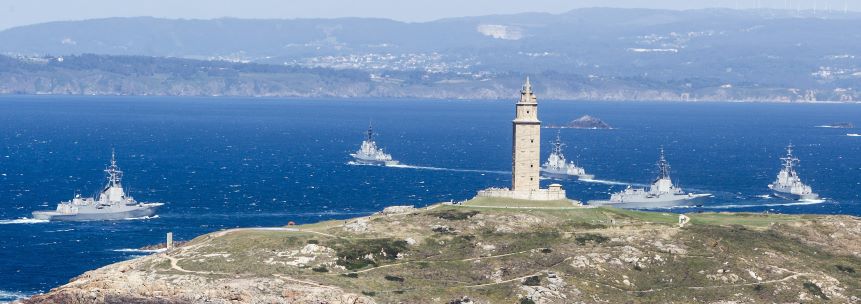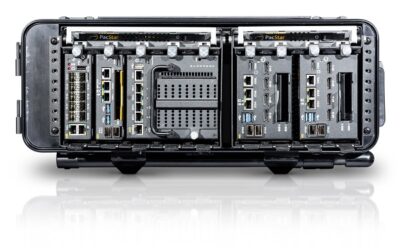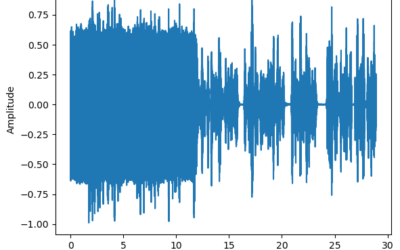Why a New Design for the MIECZNIK Frigate Programme?
An agreement was signed on 27 July between the Polish Armament Inspectorate and a shipbuilding consortium led by PGZ Group, covering the MIECZNIK-class frigate programme.
It has become clear in recent years that the Polish Navy needs a next-generation frigate to assure power projection into the 2020s. With the transfer of two ex-USN OLIVER HAZARD PERRY-class ships in 2000-2002, the surface fleet gained additional capacity, particularly in ASW and medium-range air defence, supplementing the Soviet-built corvettes and fast attack craft. Their combat value, however, is limited in a closely-networked naval environment in which seaborne platforms must share data with surface, subsurface, airborne and lan-based assets.
In the middle of the last decade it emerged that further upgrades for the two GENERAL KAZIMIERZ PULASKI-class frigates were not really possible, despite weaknesses in sensors, weapon systems and communications. The commissioning of a single corvette in 2019 offered little enhanced capability. A plan to commission up to seven PROJEKT 621 multi-purpose corvettes by the end of the decade was curtailed in February 2012, for financial reasons, leaving the first-of-class as a patrol vessel of limited capability.
The MIECZNIK programme is now seen as the successor to PROJEKT 621. It envisions three new ‘coastal defence frigates,’ with modern sensors, weapons and communications, to provide the Polish Navy with the long-awaited capability it has sought in the anti-air, anti-surface and anti-submarine warfare domains. If fitted with modern detection, navigation, IFF and fire control sensors, as well as tactical datalinks, decision aids and short- and medium-range effectors, they should be able to become part of a wider net-centric battlespace, capable of functioning with other modern platforms such as F-35A LIGHTNING II aircraft and elements of Poland’s WISLA air and missile defence programme. The MIECZNIK programme – with a price tag of $1.8-2.3 billion (€1.52-1.94 billion) – is being pursued in the form of an R&D study, however, seeking to draw on technology provided by international partners, which may involve a significant amount of technology transfer.
Now, the Polish Navy is about to make a selection between designs from Babcock (ARROWHEAD 140), Navantia (F100) and thyssenkrupp Marine Systems (MEKO A300PL), with a decision expected in early 2022, depending on risks and other uncertainties closely associated with the ongoing COVID-19 pandemic.
The ARROWHEAD 140, known in Britain as Type 31 General Purpose Frigate, or INSPIRATION-class, is a cost-driven derivative of the Royal Danish Navy’s IVER HUITFELD-class. Multi-mission capability is achieved by various means: bays for RHIB and USV; an area below the flight deck with space for up to four TEU containers; a large flight deck and hangar suitable for a single helicopter in the MERLIN or AW159 WILDCAT class, plus one UAV. MON understands that Poland may opt for a long-range anti-ship missile system, in addition to a potent ASW capability, features not currently extant in the Royal Navy variant. Babcock Team 31 has completed the Whole Ship Critical Design Review (WSCDR) process for the programme, a key indicator of compliance, maturity and engineering risk in proceeding into production as the 3D CAD model is matured. Completing the review gives Team 31 the confidence to fully develop the 3D CAD model and move towards the generation of build drawings, in readiness for first steel cut and ship assembly later this year.
Navantia’s offering will be based on the F100 frigate design already in service with the Spanish Navy and successfully exported to Norway and Australia. A significant feature of the design is the US-made combat system, consisting of mission-proven technology that may be in line with Poland’s current procurement philosophy. If selected, Navantia will form an enduring technology partnership with the Polish defence industrial base for the building, integration and lifecycle support of the frigates in Poland. Meanwhile, Germany’s thyssenkrupp Marine Systems is offering its MEKO A300PL design, which, as the most up-to-date variant of the MEKO frigate family, will be able to fulfil the capabilities the Polish Navy is most interested in.
Critically, privately-owned Remontowa Shipbuilding in Gdańsk is in dire need of a major naval shipbuilding programme like MIECZNIK. Currently, the most important Polish naval shipbuilding companies are two plants in Gdynia: PGZ Stocznia Wojenna and Nauta Remontowa Shipyard – both part of the national armaments giant PGZ. Remontowa Shipbuilding played a major part in construction of the PROJEKT 258 KORMORAN II minehunter, the design of which was achieved by Remontowa Marine Design & Consulting office in Gdańsk. Additionally, an important role in the military shipbuilding sector is played by the Ośrodek Badawczo-Rozwojowy Centrum Techniki Morskiej in Gdynia (also part of PGZ), a supplier and integrator of combat control systems.
The programme appears to leave room for a phased arrangement, which may allow for tailoring of the new frigates to the Polish Navy’s specific requirements – which may become a template for other future national naval shipbuilding programmes. Lessons learned from the last decade provide food for thought that the PGZ-MIECZNIK consortium might not underestimate the risks and uncertainties of delays, and the severe effects they might have on the ongoing modernisation of the Polish Navy’s surface fleet.
Stefan Nitschke reporting from Kielce, Poland, for MON

























